Jakarta takes first step on journey to end traffic nightmare with new MRT
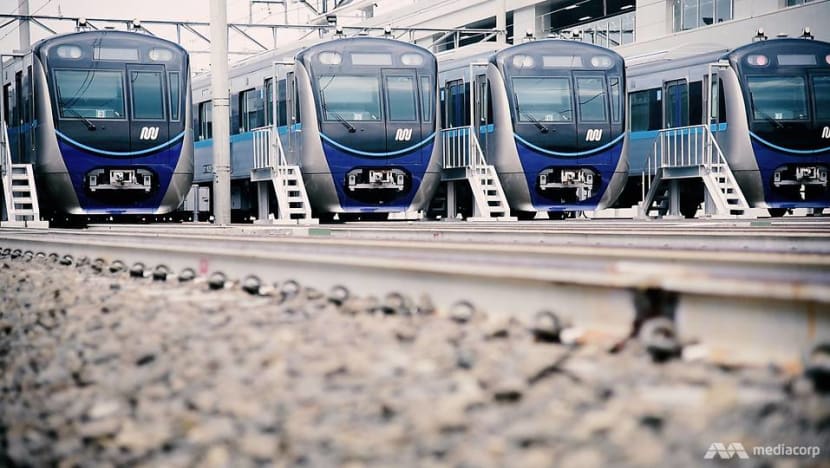
Jakarta is set to debut its first Mass Rapid Transit system in March as the government tries to ease its notorious traffic woes. (Photo: Pichayada Promchertchoo)
JAKARTA: Anyone who's visited Jakarta will know just how horrific its traffic congestion can be, with a simple journey from the airport to downtown potentially taking hours on a bad day.
While this may be no more than a temporary frustration for the occasional visitor, for many people working in Indonesia's capital it's a daily nightmare. A short journey in terms of distance from the outskirts of the city to the centre through congested and polluted roads can take a couple of hours. When the traffic jams hit hard, the daily commute can take even longer.
But now, help is at hand. From next month, Jakarta will have its own Mass Rapid Transit (MRT) system which the government hopes will be the first step on the road towards relieving the Indonesian capital's traffic congestion nightmare.
“This is the moment to change Jakarta. This is the moment to make Jakarta better and free from traffic jams,” said Jakarta MRT director William Sabandar.
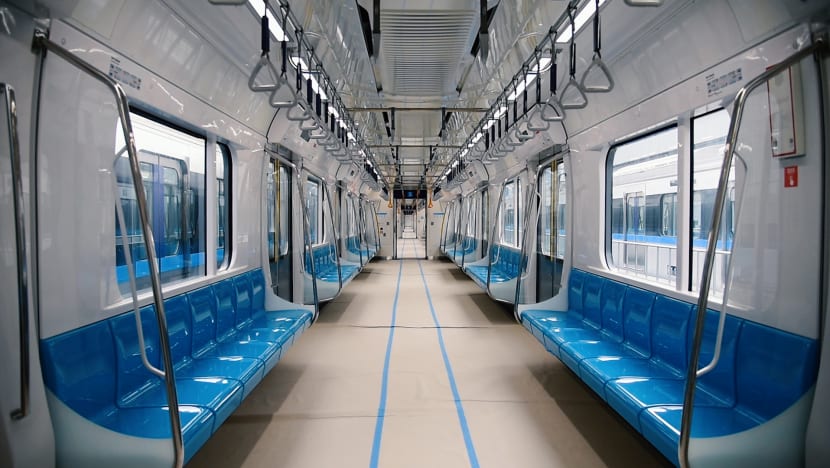
When the first phase begins operation in March, 14 trains will be used for daily services from 5 am to midnight while two others remain on standby in case of emergency. The route stretches 15.7 kilometres between Lebak Bulus on the southern outskirts and the Hotel Indonesia roundabout in the downtown area.
Lebak Bulus is a densely populated residential neighbourhood. With public transport, it currently takes commuters around 90 minutes to travel from here to the central business district where many office buildings are located. But with the MRT, the travel time will be an hour shorter.
Manufactured by Japanese firm Nippon Sharyo, each train can accommodate 1,950 passengers and comes with priority seats as well as space for wheelchairs and prams. Travel speeds vary between 80 km/h on elevated tracks and 100 km/h underground.
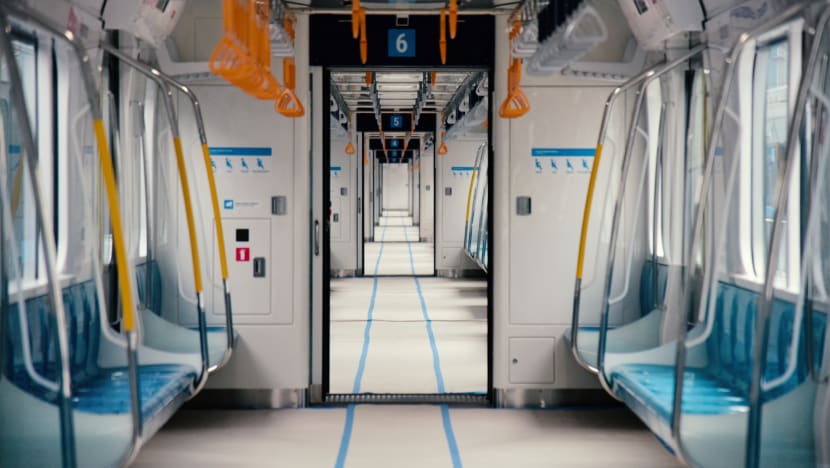
"There is still a long road for us. But the road we've built is an opportunity to change Jakarta," Sabandar said. "We need to create a new culture where transportation is comfortable, safe, reliable and always punctual."
The first phase is 98 per cent complete. It forms part of the North-South line and is expected to transport 130,000 passengers per day. The proposed fare is Rp 8,500 (US$0.6) per 10 kilometres and according to the MRT director, it will be subsidised by the government.
TRANSPORTATION REVOLUTION
Every year, Indonesia loses an estimated Rp 6.5 trillion (US$4.6 billion) to traffic jams in Greater Jakarta, or Jabodetabek – a large metropolitan area covering Jakarta, Bogor, Depok, Tangerang and Bekasi.
READ: Bleak future for Jakarta cyclists as cars dominate the city's roads
Much of the loss comes from commuters in the megacity who spend nearly half of their income on transportation, according to urban analyst Dr Yayat Supriatna. His study found the high cost of living in downtown Jakarta has pushed many middle- and low-income Indonesians to its satellite cities and forced them to travel great distances to work in the business centre.
“Rail systems such as the MRT and the Light Rail Transit (LRT) will become a key solution to traffic in Greater Jakarta,” he said.
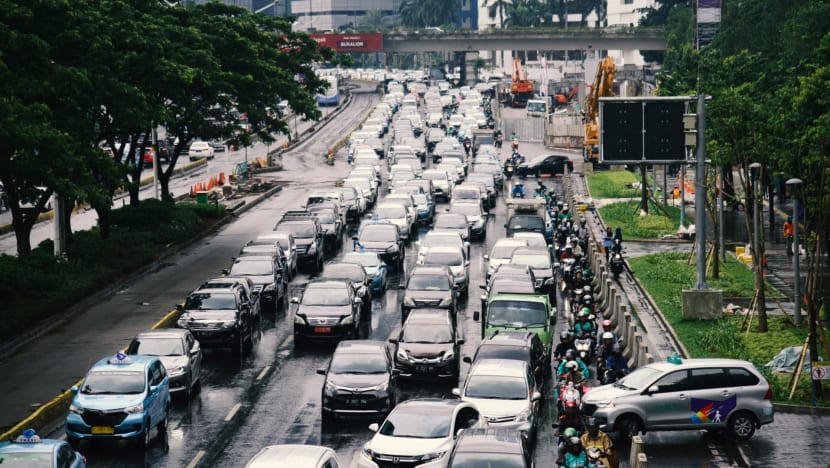
Eventually, the MRT network will be completed with two corridors, the North-South line and the East-West line. It will also connect with the LRT system, which is currently being constructed to further improve the interconnectivity between Jakarta and its satellite cities.
WHY IS JAKARTA SO CONGESTED?
Home to more than 30 million people, Greater Jakarta faces constant gridlock. Each day, the megacity's population records some 48 million trips with more than 22 million of them concentrated in central Jakarta.
But while the number of motorised vehicles has increased by 8.1 per cent every year, data from the Jakarta government shows the road network has barely expanded, with an annual growth rate of 0.01 per cent.
It is the supply and demand imbalance that creates the traffic congestion, according to Jakarta Deputy Governor Sutanto Soehodho, who is in charge of transportation.
“This means the more people use collective transport, the fewer vehicles there will be. If they switch to public transport, surely the congestion will be reduced," he said.
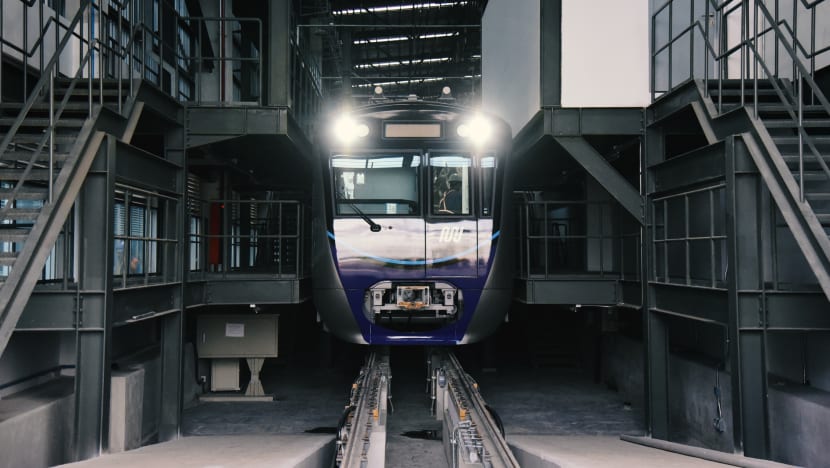
The annual US$4.6 billion loss to traffic jams in Greater Jakarta prompted President Joko Widodo to highlight in January the need to convince people to use public transport.
“We cannot continue this way. We must be brave to start and dare to design so this Rp 65 trillion won’t just become smoke that fills the city," Mr Widodo told reporters, calling for the integration of transport systems - the Transjakarta Bus Rapid Transit, airport rail link, MRT and LRT.
"We really need to push members of society to employ public transport systems we’ve prepared in order to free the streets from cars."
WORK FROM HOME
While the wait continues for interconnected public transport, more vehicles have taken up space in the gridlocked metropolis. Jakarta’s Transport Agency said most trips in the capital rely almost exclusively on private vehicles, which account for about 99 per cent of an estimated 10 million units.
Still, the city has set ambitious transportation goals.
By 2030, it aims to shift 60 per cent of urban mobility to public transport, increase the minimum road travel speed, and increase the ratio of roads to the city’s area from 7 to 10 per cent.
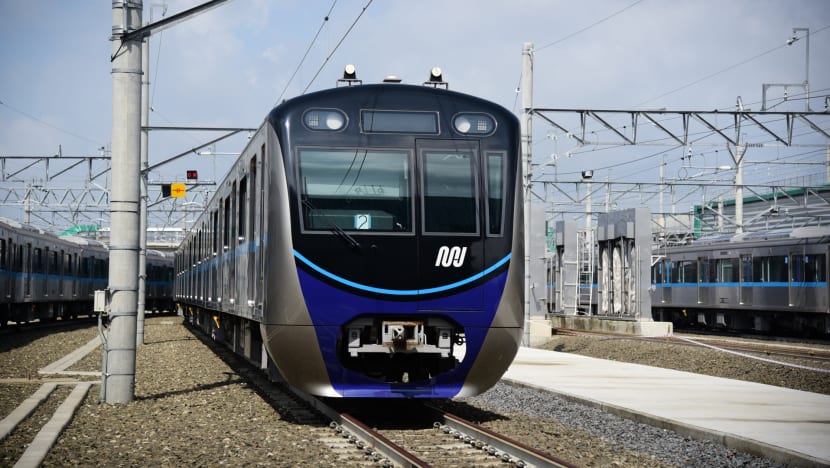
But instead of relying on public transport alone, Jakarta Deputy Governor Soehodho believes a change in lifestyle could be a better and cheaper solution to the congestion problem. Working from home, he said, can help commuters reduce many unnecessary trips on congested streets and lower their transport costs.
“There won’t be enough infrastructure to accommodate people’s growing needs. So rather than trying to solve this transportation problem with very conventional ideas – you know, providing more and more public transport and road infrastructure – why don’t you work a different way?” he said.
“Everything is connected. We can email and probably meet once a week in the office. You can do your work at home, at a café or anywhere you like. You can spend time more efficiently, feel more comfortable and spend more time with your family. I think that’s what we want, really.”












